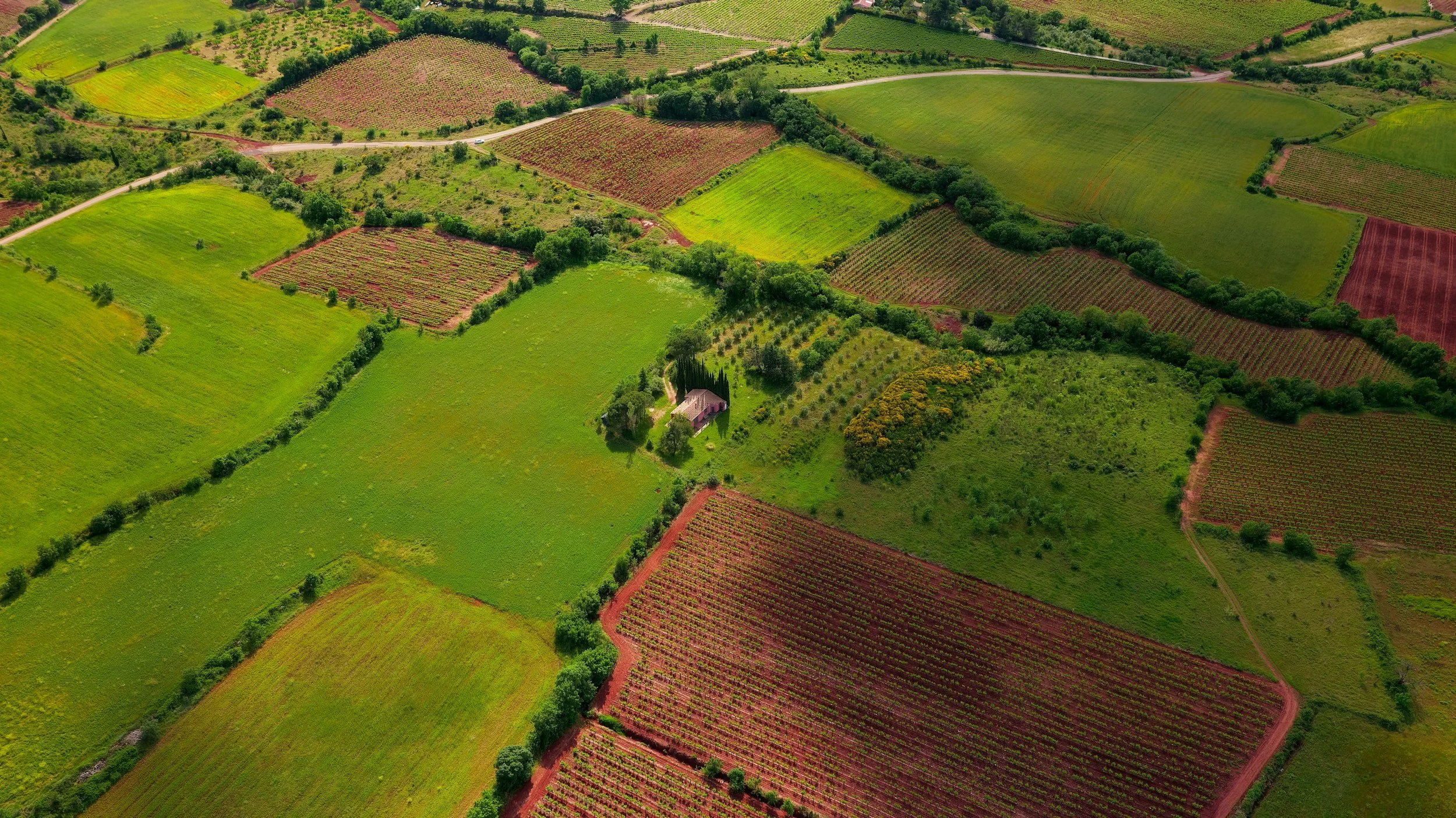By: Toney Robinette, Staff Member
A recent study done by the USDA showed that U.S. consumers waste around 26.2% of the meat that they purchase.[1] Rough estimates show that this equates to around 25 billion fish, 15 billion shellfish, over 1 billion chickens and over a hundred million other land mammals that we harvest for food.[2]
This is in light of American portion sizes continuing to grow in the 21st century.[3] This is especially concerning when one considers the environmental impact of meat production and fishing. Meat production has environmental costs in the form of greenhouse gas emissions, water resources and land uses. Overfishing causes ecosystem damage, economic harm, and negative environmental effects.[4] Meat production causes more agricultural production, using up 2/3 of agricultural output.[5] Therefore, all of the environmental issues that come from agricultural development are also exacerbated by the meat industry.
Food waste is directly tied to portion size.[6] This means that for the U.S. to reduce its food waste and the environmental concerns arising from said waste, portion sizes need to be controlled to minimize the amount of meat going unused. If portion sizes were better controlled, then meat waste would likely drop, thereby relaxing the negative effects of underuse. More environmentally sound and sustainable production methods could also alleviate the negative effects of meat production, but waste would remain an issue if Americans do not control the amount of food on their plates. Therefore, Americans must seek to reduce meat waste through portion management and smarter meal planning. Meat production is likely to double by 2020 due to an increase in global demand, but this doubling of production may be unnecessary if smarter usage methods are adopted.[7]
____________________
[1] Mary K. Muth, Shawn A. Karns, et al.,
Consumer-Level Food Loss Estimates and Their Use in the ERS Loss-Adjusted Food Availability Data
,
USDA (Jan. 2011
), http://www.ers.usda/gov/publications/tb-technical-bulletin/tb1927.aspx#.
[2] Harish,
Animals We Use and Abuse for Food We Don't Eat
,
Counting Animals
(Mar. 27, 2013
), http://www.countinganimals.com/animals-we-use-and-abuse-for-food-we-do-not-eat/.
[3] Dr. Lisa Young,
Portion Sizes in the US Continue to Increase: Time for Action
,
Huffington Post
(Oct. 18, 2012
), http://www.huffingtonpost.com/dr-lisa-young/portion-sizes_b_1975344.html.
[4]
Overfishing - A Global Disaster
,
Overfishing.org,
http://overfishing.org/pages/why_is_overfishing_a_problem.php (last visited Apr. 15, 2013).
[5] Cassandra Brooks,
Consequences of increased global meat consumption on the global environment
,
Stanford Woods,
http://woods.stanford.edu/environmental-venture-projects/consequences-increased-global-meat-consumption-global-environment (last visited Apr. 15, 2013).
[6]
Food Waste Reduction and Prevention
,
EPA,
http://www.epa.gov/foodrecovery/fd-reduce.htm (last visited Apr. 15, 2013).
[7]
Supra
at note 5.









